This post was originally published on September 21, 2020 and updated on May 9, 2021.
2020/9/21/learn-to-teach-guided-relaxation-yoga-nidra-training
Learn to safely and confidently teach yoga nidra - the "yoga of sleep" - a simple yet potent technique. The practitioner is led, or leads themselves, into progressively deeper states of consciousness by systematically quieting the nervous system. This deeply restorative practice is said to be the origin of hypnosis. Yoga nidra can be used for healing, relaxation, and to cultivate meditative insight. Clinical studies have affirmed its benefits, including the relief of PTSD symptoms.
Who is this for?
You don't need to be a yoga teacher to lead yoga nidra. It is a helpful addition to the therapeutic toolkit of any wellness practitioner. Yoga nidra can be taught as a stand-alone practice or as part of a complete yoga practice to anyone. Bring this powerful technique of deep relaxation to your clients and yoga students for an enriching experience. Prior experience teaching group experiences or working therapeutically with individuals is strongly suggested.
Training June 1-8, 2021
A 25-hour hybrid teacher training taught in-studio and simultaneously online with access to the training videos for over a month. A 30-minute private session with Mia, a 50-page manual with scripts, monthly support meetings, and more are included. You don't need to be a yoga teacher to lead yoga nidra, helpful addition to the therapeutic toolkit of any wellness practitioner. Hosted by Sat Nam Yoga Chicago.
Live training June 1 - 8, 2021
Enroll by June 15, 2021
Video access until July 31, 2021
View full details and register: https://www.miaparkyoga.com/classes--trainings.html
Mia Park teaches yoga to connect the physical, emotional, and mental bodies to their deeper intelligence. Mia uses yoga poses as a gateway to developing inner refinement. She uses techniques she continually learns, training in energy-focused Tantra hatha yoga, yoga anatomy, yoga therapy, yoga nidra, Daoist taiji, and other studies that support inner development. With self-awareness, a life of purpose can be lived. Mia and her classes are powered by hope and engagement.
Mia is based in Chicago and is a certified iRest Level 1 teacher, Rest and Renew restorative yoga teacher, 500 Hour Viniyoga teacher, E-RYT 500, 200 CYT, a Darshan Certified Integrated Ayurvedic Practitioner and Advanced Yoga Teacher, and a former 500 Hour Parayoga teacher. Mia is also currently becoming an IAYT Yoga Therapist. She is a Domestic Violence Advocate and has volunteered teaching prenatal yoga in Cook County jail since 2010.
Mia has studied the art of yoga nidra with many teachers, including iRest with Richard Miller, Total Yoga Nidra with Uma Dinsmore Tuli, the Himalayan tradition with Rolf Solvik, and Satyananda Yoga Nidra with Tripura Yoga, Rod Stryker and Dr. Swami Shankardev Saraswati. She has led several yoga nidra teacher trainings since 2014 and continues to grow as a yoga nidra practitioner and teacher.









